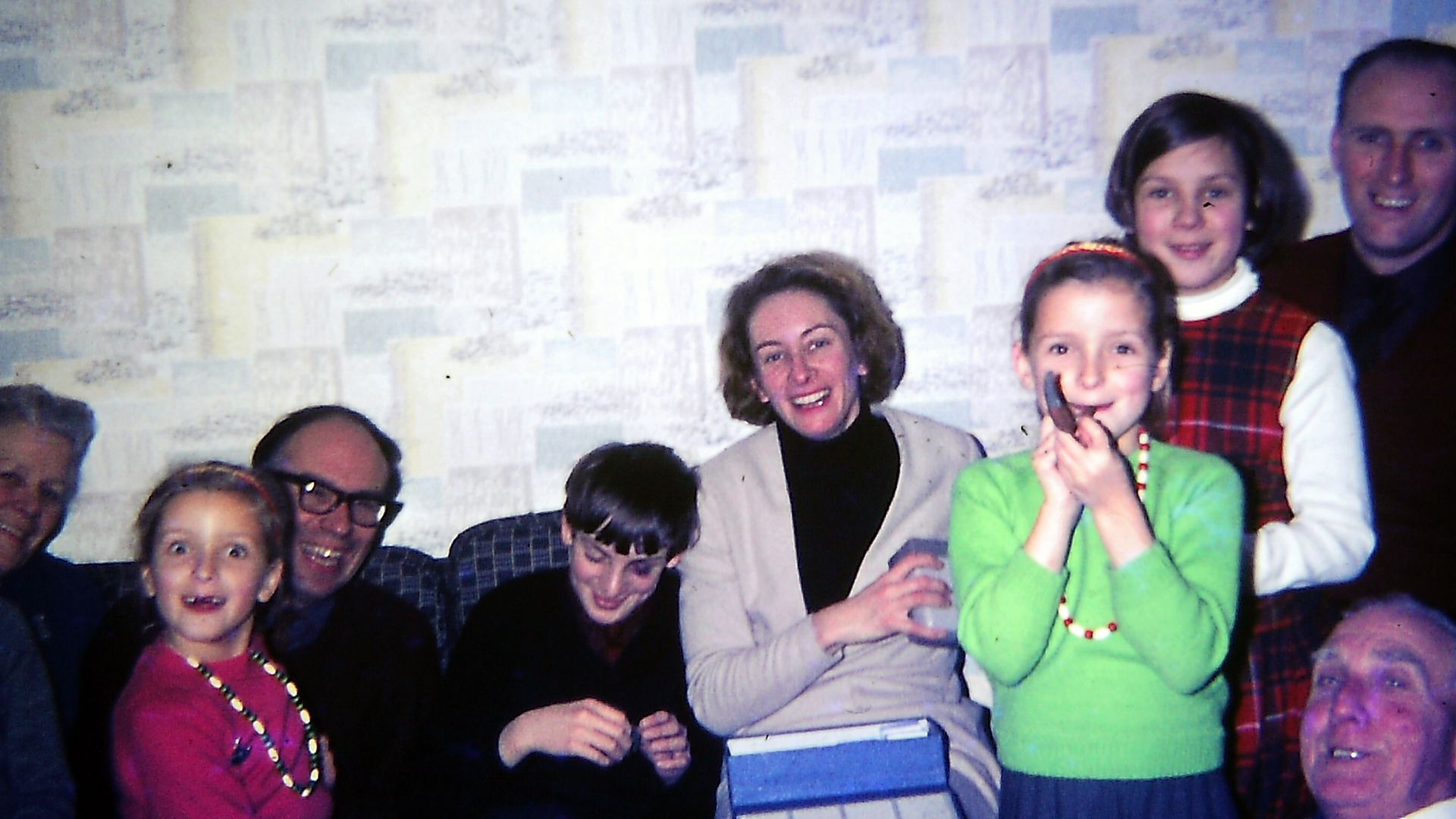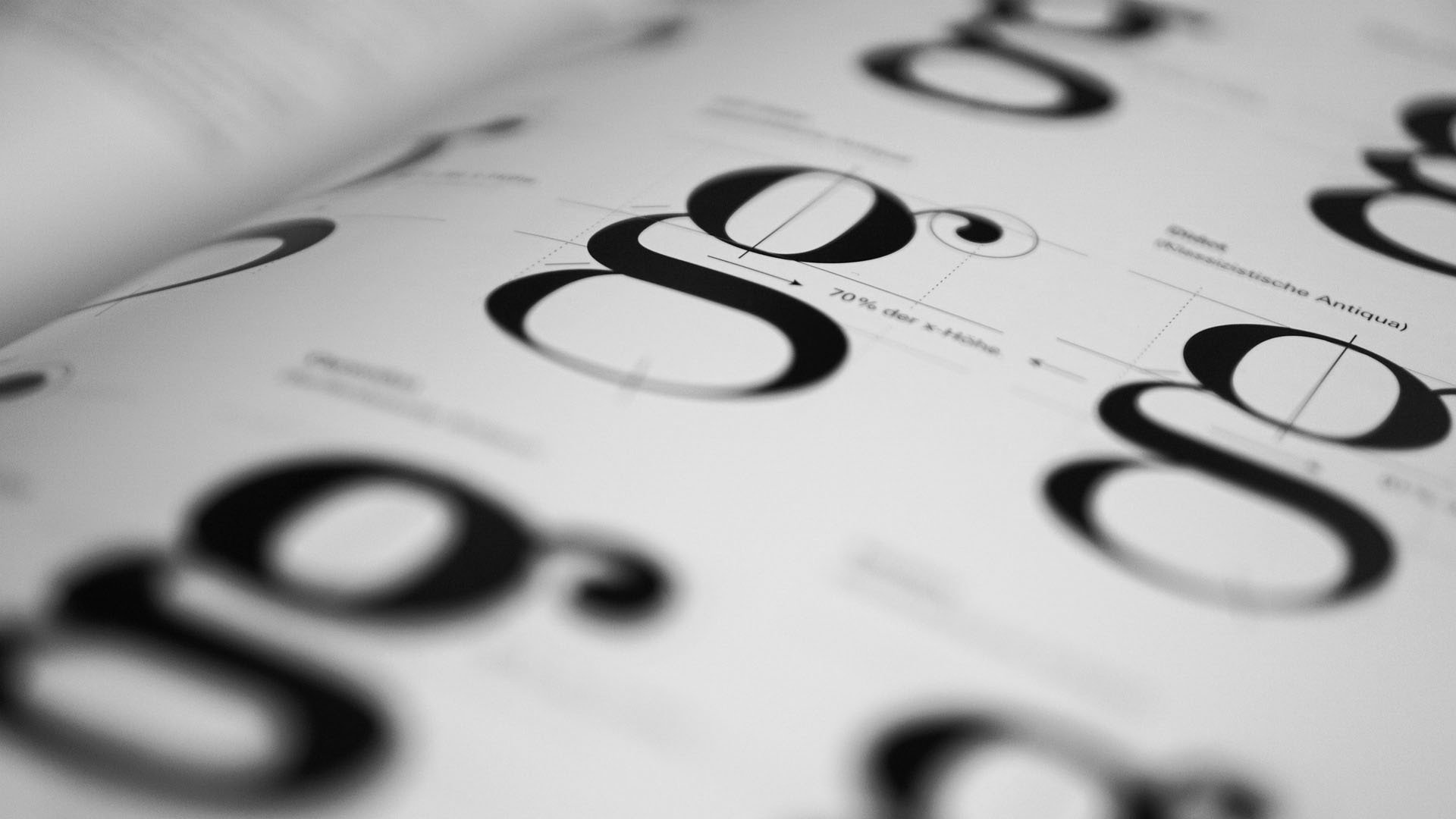Is creativity genetic?
With a history of creative talent in my family, is it in our blood?

Creative talent has been in my family for generations. My mother was very skilled in traditional handicrafts, and her brother was a product designer with the accolade of being Royal Designer for Industry (RDI). Going back a generation, my mother's uncle was an accomplished artist who exhibited at the Royal Academy. In my generation, my brother is an accomplished photographer and my identical twin sister is a talented artist, known for Sussex landscapes. Lastly, my nephew is a very successful animator, having worked on several popular childrens' TV series.
For my sister and I, art was always our favourite subject at school and we were good at it. But did we like art because we were good at it, or were we good at it because we liked it?
I always felt that particularly with creative skills, if you have no natural talent there is no amount of teaching that will enable you to, for instance, draw or play an instrument with any great success.
It's not uncommon to see children following their parents career path. The question of whether creative talent is embedded in our genes or influenced by environmental factors has intrigued scientists, researchers, and thinkers for years. Current understanding suggests that both genetic and environmental factors play crucial roles in shaping creative abilities. In my family's case, where creativity seems to run in the blood, it's likely a combination of both.
Genetic predisposition to creativity is a fascinating area of study. Research has shown that certain genetic variations may contribute to creative thinking.
Studies on twins, particularly identical twins who share nearly identical genetic makeup, have provided insights into the heritability of creative traits. Twin studies suggest that there is a genetic component to creativity, although the specific genes involved are complex and not fully understood.
However, it's essential to recognise that genetics alone cannot account for the entirety of creative talent. The environment in which a person grows up and the experiences they encounter also play a significant role in nurturing and shaping creativity. A family that values and encourages creative expression can create an environment conducive to the development of creative skills.
Cultural influences, social expectations, and educational opportunities can also shape the expression of creativity. A family with a rich cultural background may encourage diverse artistic traditions, influencing their creativity. Similarly, access to quality education and extracurricular activities can provide the tools and knowledge to refine and expand creative abilities.
In my family's case, the prevalence of creativity could be a result of a combination of favourable genetic traits and a nurturing environment that values and encourages creative expression. The interplay between nature and nurture is intricate, and it's likely that both factors contribute to the creative talents seen in my family.
In conclusion, the question of whether creative talent is in our genes is not easily answered with a simple yes or no. My family's creative streak may very well be a beautiful tapestry woven from a combination of genetic predispositions and a supportive, encouraging environment that values and nourishes the creative spirit.
Whatever it is, we hope it continues in future generations.











